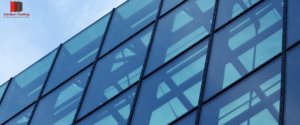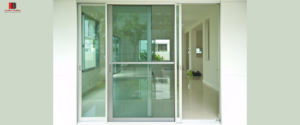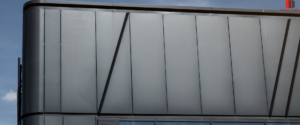In the world of architecture and construction, ACP cladding has become a popular choice for enhancing the appearance and functionality of buildings. ACP, short for Aluminum Composite Panel, is a versatile material that offers numerous benefits. In this blog post, we will delve into the various aspects of ACP cladding, its advantages, installation process, and address common FAQs.
Understanding ACP Cladding
ACP cladding refers to the application of aluminum composite panels on the exterior or interior surfaces of buildings. These panels consist of two aluminum sheets bonded to a non-aluminum core, typically made of polyethylene. The combination of these materials results in a lightweight, durable, and weather-resistant cladding solution.
Benefits of ACP Cladding
- Aesthetics: ACP cladding provides buildings with a sleek, modern, and visually appealing appearance. It comes in a wide range of colors, finishes, and textures, allowing architects and designers to create unique and captivating facades.
- Durability: The aluminum sheets used in ACP cladding offer exceptional strength and resilience. They can withstand harsh weather conditions, UV radiation, and temperature variations, ensuring long-lasting performance.
- Thermal Insulation: ACP cladding acts as an effective thermal barrier, helping to regulate indoor temperatures and reduce energy consumption. This insulation property contributes to the overall energy efficiency of the building.
- Fire Resistance: ACP cladding panels are engineered to be fire retardant. The non-combustible core material prevents the spread of flames, making ACP cladding a safer option for buildings.
- Low Maintenance: Unlike traditional cladding materials, ACP requires minimal maintenance. Regular cleaning with non-abrasive solutions is sufficient to keep the panels looking pristine.
Installation Process of ACP Cladding
The installation of ACP cladding involves several steps to ensure a secure and visually pleasing outcome. Here is a simplified overview of the process:
- Surface Preparation: The building’s surface is thoroughly cleaned and prepared, ensuring it is free from dust, debris, and any loose materials.
- Framework Installation: A supporting framework is erected, providing a stable base for the ACP panels. The framework is usually made of aluminum or steel, depending on the building’s design requirements.
- Panel Fixing: The ACP panels are carefully attached to the framework using mechanical fasteners or adhesives. Precise measurements and alignment are crucial to achieve a seamless and uniform appearance.
- Joint Sealing: To ensure weather resistance, joints between the panels are sealed with appropriate sealants. This step prevents water infiltration and enhances the overall durability of the cladding system.
In summary, Avishkar Cladding’s ACP panels are a reliable and versatile choice for enhancing building aesthetics and performance. With their wide design options, durability, weather resistance, thermal insulation, and fire-resistant properties, Avishkar Cladding’s ACP panels offer a complete package for architects, designers, and building owners looking to create visually appealing, sustainable, and safe buildings.




